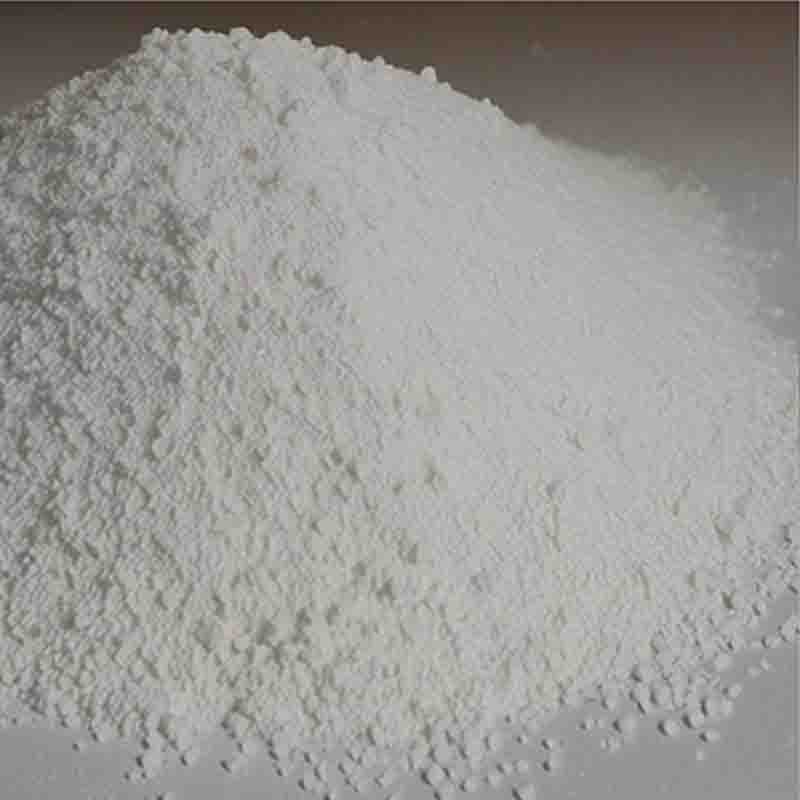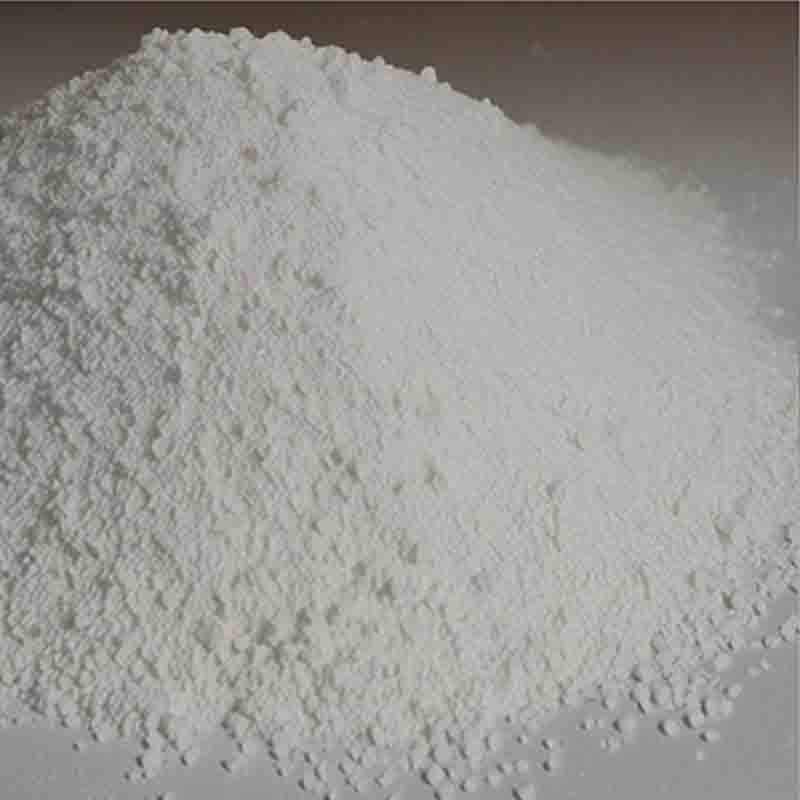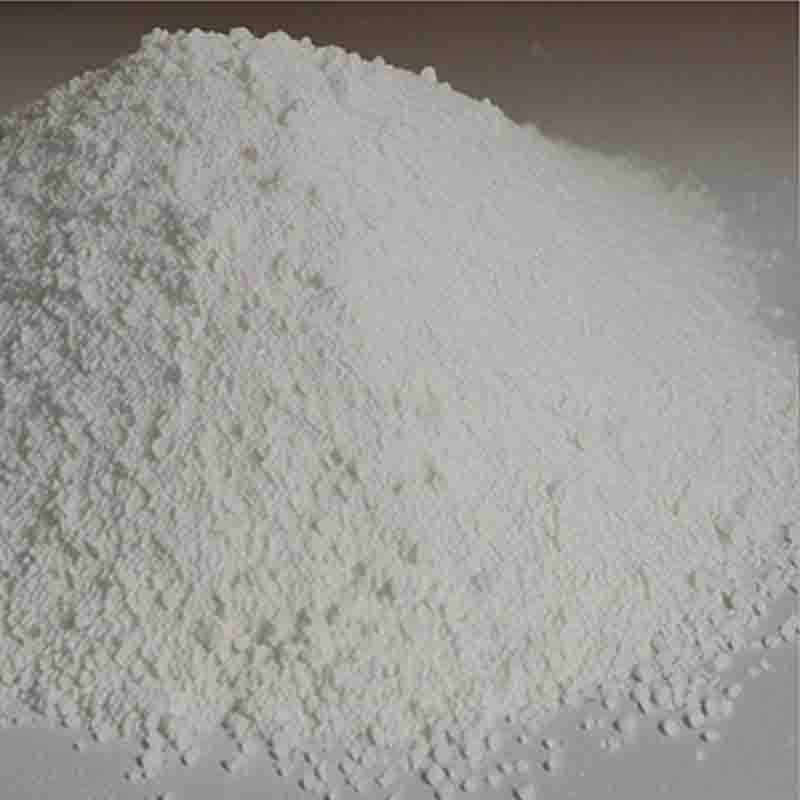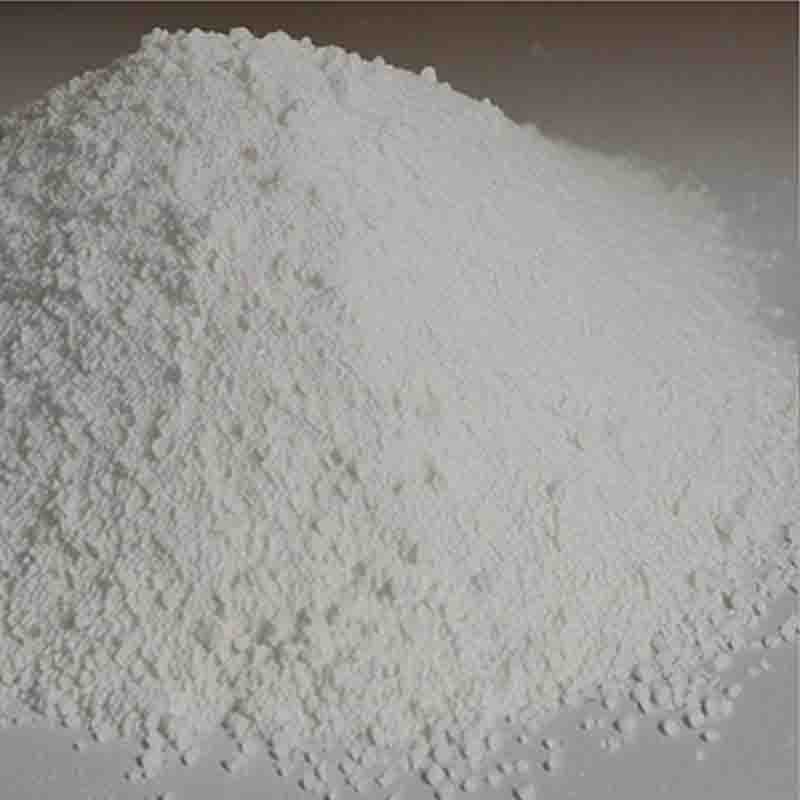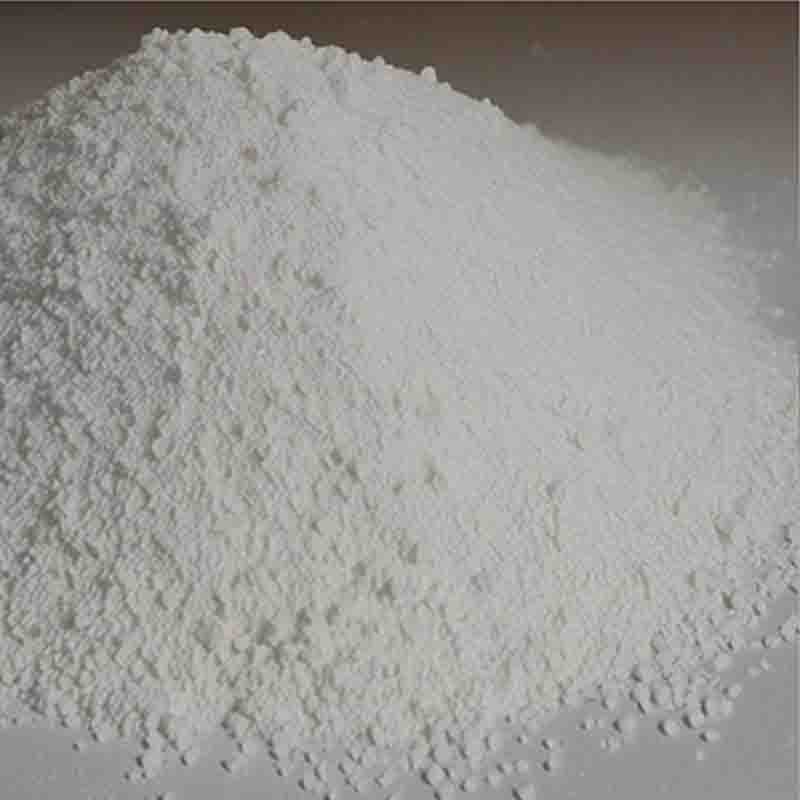Bis(triphenylphosphine)palladium(II) chloride CAS: 13965-03-2
| Catalog Number | XD94392 |
| Product Name | Bis(triphenylphosphine)palladium(II) chloride |
| CAS | 13965-03-2 |
| Molecular Formula | C36H30Cl2P2Pd |
| Molecular Weight | 701.9 |
| Storage Details | Ambient |
Product Specification
| Appearance | White powder |
| Assay | 99% min |
Bis(triphenylphosphine)palladium(II) chloride, often abbreviated as Pd(PPh3)2Cl2, is a widely used organometallic complex in catalytic reactions. It consists of a palladium atom coordinated with two triphenylphosphine (PPh3) ligands and two chloride ions.Pd(PPh3)2Cl2 is commonly employed as a catalyst in various carbon-carbon bond-forming reactions, such as cross-coupling reactions. One of its most notable applications is in the Suzuki-Miyaura reaction, which involves the coupling of an aryl or vinyl boronic acid with an aryl or vinyl halide. This reaction allows for the synthesis of biaryl compounds, an important class of organic molecules found in pharmaceuticals, agrochemicals, and materials science.The versatility and efficacy of Pd(PPh3)2Cl2 arise from several factors. First, the triphenylphosphine ligands provide strong electron-donating properties, effectively stabilizing the palladium center and facilitating catalytic activity. Additionally, the chloride ions can act as halogen abstraction agents, enabling the formation of active palladium species that are crucial for the reaction. The presence of two chloride ions also enhances the solubility of Pd(PPh3)2Cl2 in organic solvents, making it easily accessible for use as a catalyst.Moreover, Pd(PPh3)2Cl2 can be modified by incorporating different ligands to achieve specific catalytic effects. For example, the addition of certain phosphine ligands can modify the catalytic activity and selectivity of the complex, enabling the production of desired products in high yields and with minimal byproducts. The versatility of ligand modifications makes Pd(PPh3)2Cl2 a powerful tool for fine-tuning reaction conditions to suit specific synthetic needs.Aside from the Suzuki-Miyaura reaction, Pd(PPh3)2Cl2 has been successfully employed in a variety of other catalytic transformations. It has found application in the Stille reaction, the Sonogashira reaction, and the Negishi coupling, among others. These reactions allow for the construction of carbon-carbon bonds between various functional groups, expanding the synthetic toolbox of chemists.However, it is worth noting that Pd(PPh3)2Cl2 may have limitations when working with certain functional groups or substrates. The chloride ligands, in some cases, can lead to undesired side reactions or compete with desired processes. Careful consideration of reaction conditions, solvent choice, and ligand selection is essential to optimize the performance of Pd(PPh3)2Cl2 in specific transformations.In summary, Bis(triphenylphosphine)palladium(II) chloride (Pd(PPh3)2Cl2) is a widely used catalyst in carbon-carbon bond-forming reactions. Its coordination with triphenylphosphine ligands and chloride ions provides stability, reactivity, and solubility in organic solvents. The ability to modify the ligand environment allows for fine-tuning of its catalytic properties. Pd(PPh3)2Cl2 has proven to be a valuable tool in organic synthesis, enabling the construction of complex molecular structures with high efficiency and selectivity.


